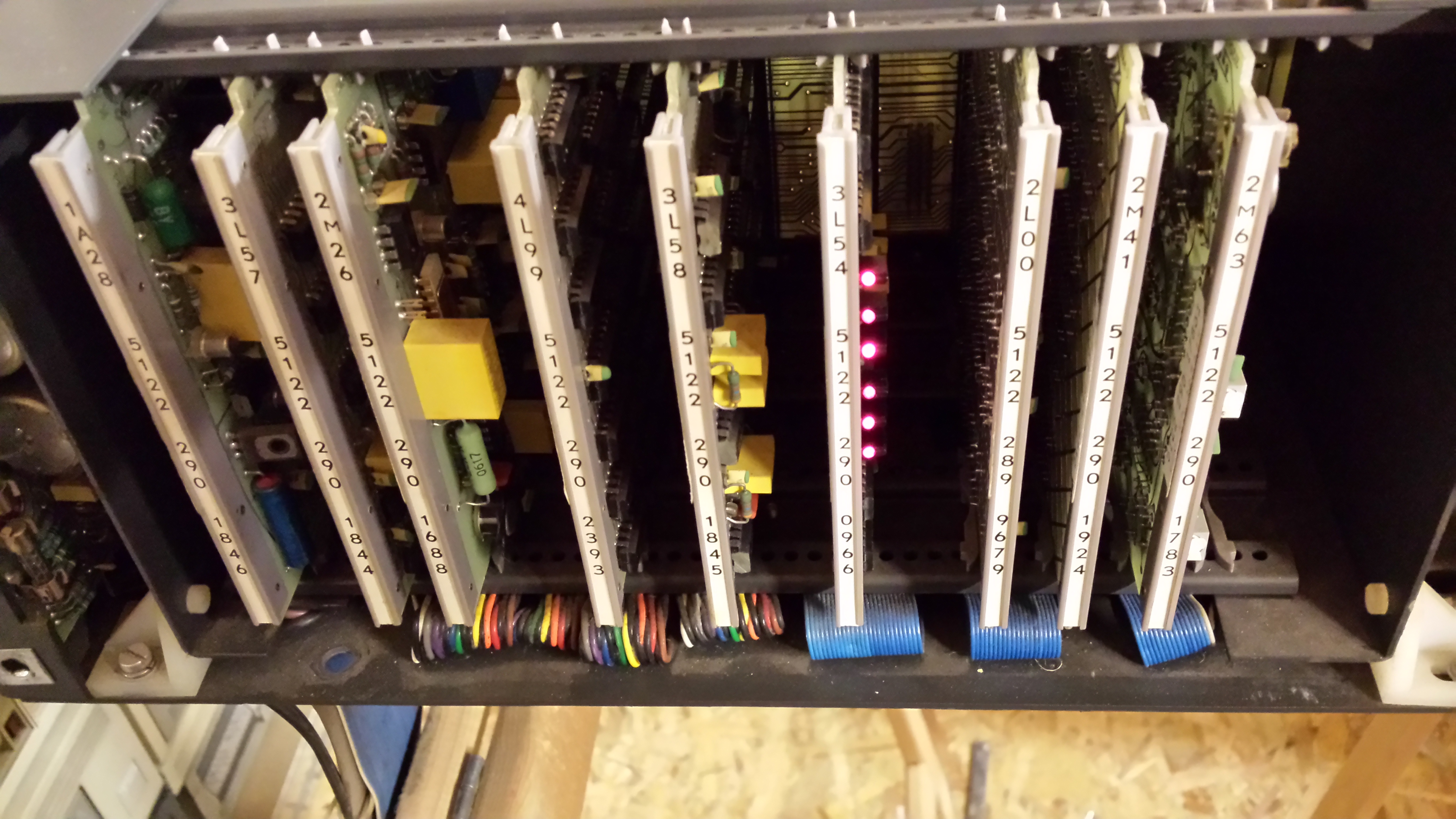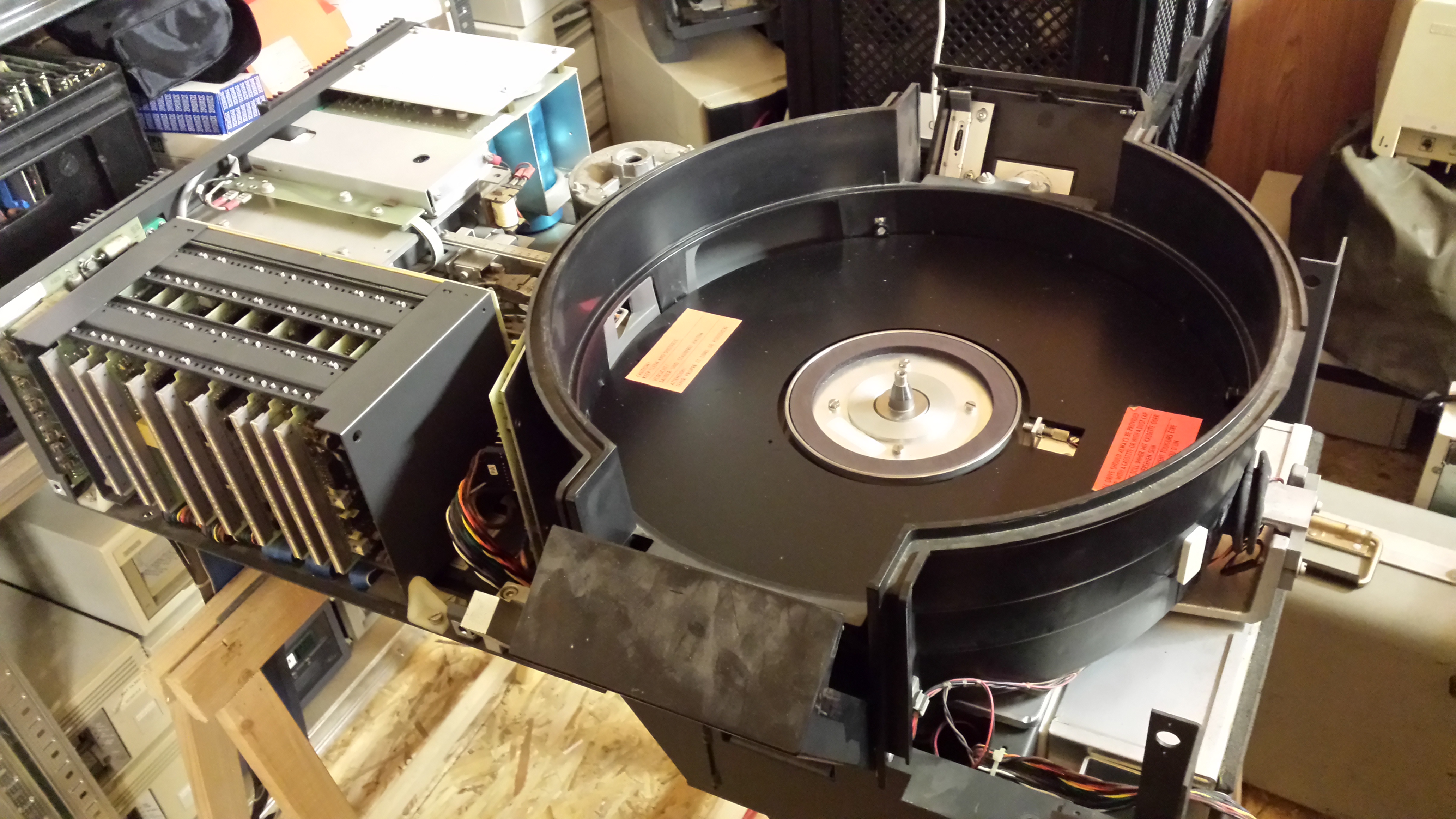
The Philips X1215 Cartridge Disc Drive stores a whopping 2.5 Megabytes on its internal fixed disk, and another 2.5 Megabytes on a removable disk in a cartridge. The drive takes 40 kilograms and 1200 watts of power to do so!
I've got two projects I'm working on involving the X1215; I want to emulate an X1215 CDD so I can boot disk-based operating systems on the P800-family systems in my collection, but I also want to get one of the X1215 drives back in working order, and build an interface so that I can make images of all the disk cartridges I have.
To this end, I cleaned the disk compartment, the heads, and the fixed disk (vacuum cleaner, brush, IPA swipes, gloves...), replaced the absolute filter, and replaced the drive belt.
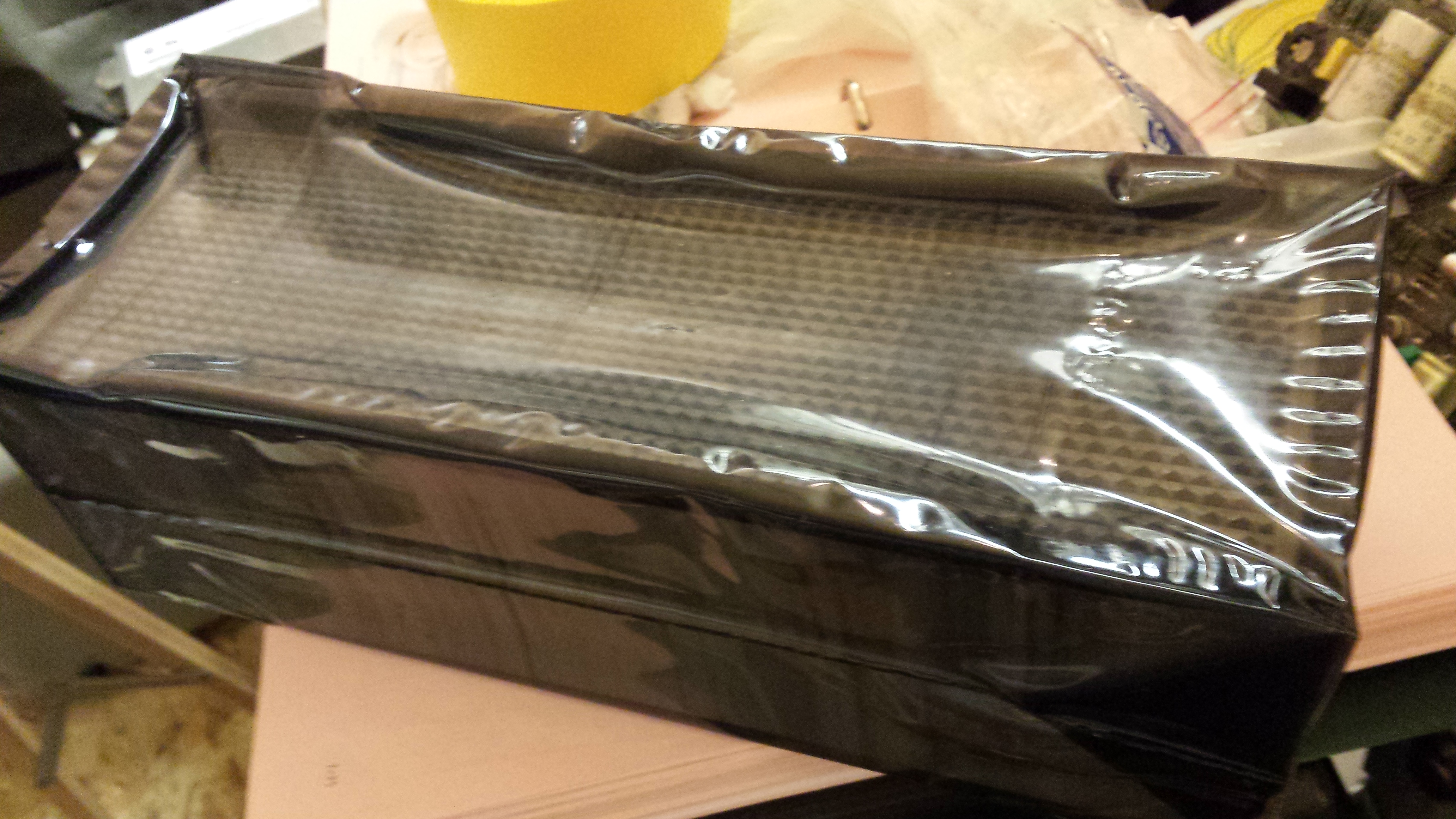
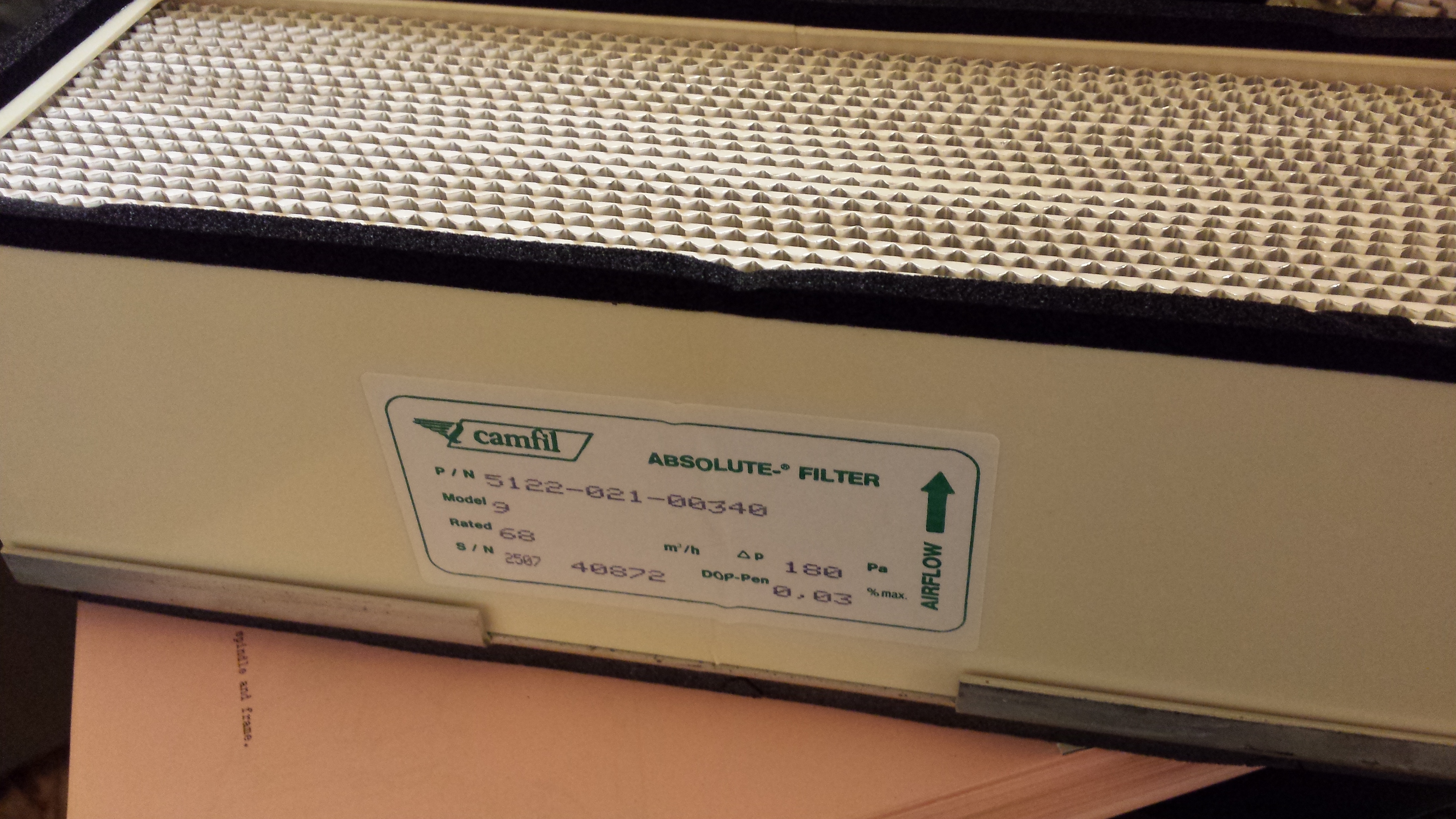
Having a few boxes full of original spare parts is always a good thing!
After these replacements, the drive is now subjected to the after-headcrash procedure, which consists of removing two fuses (so the voice coil won't be activated and load the heads), then letting the disk spin for two hours to get rid of any remaining dust.
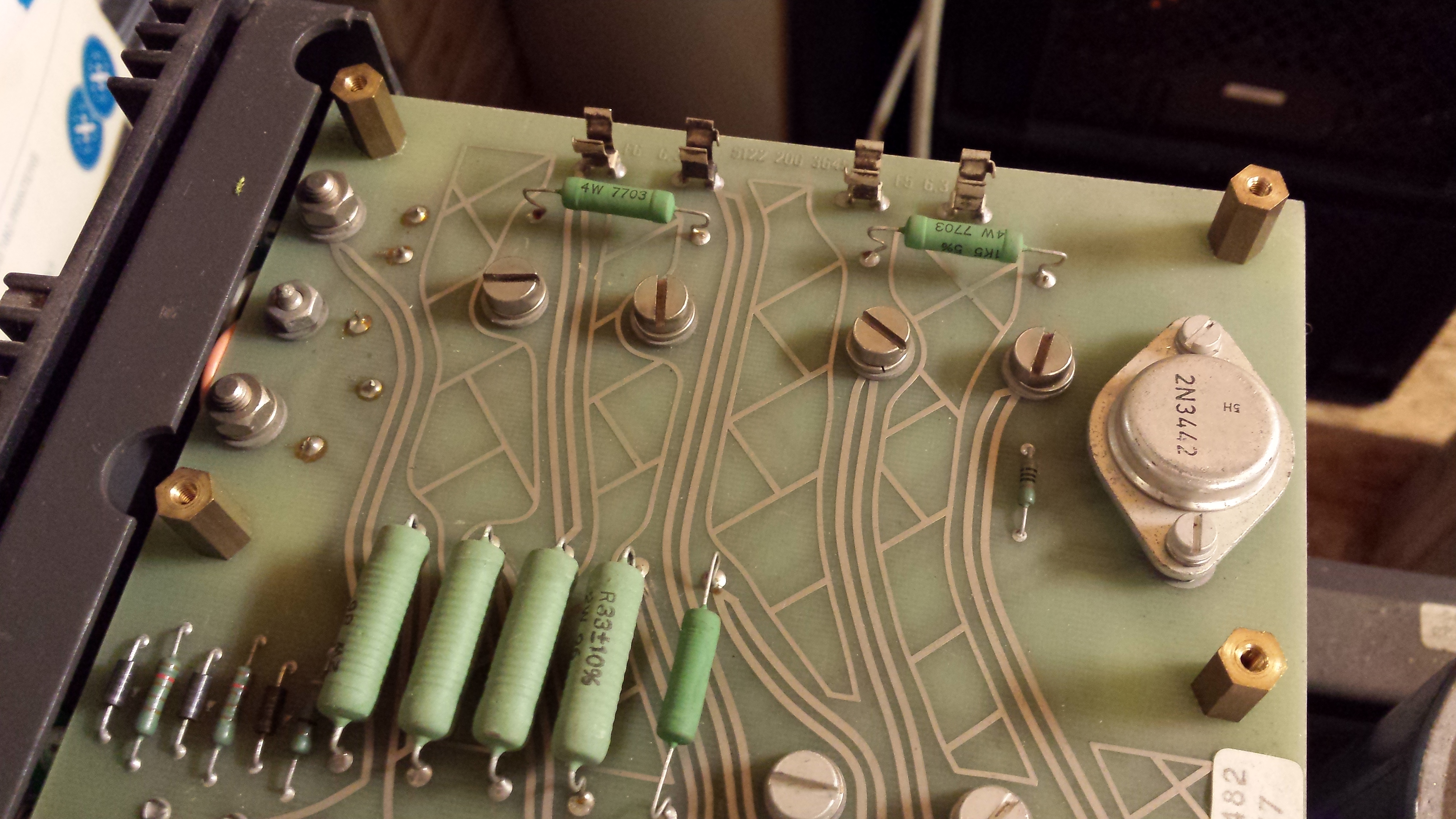
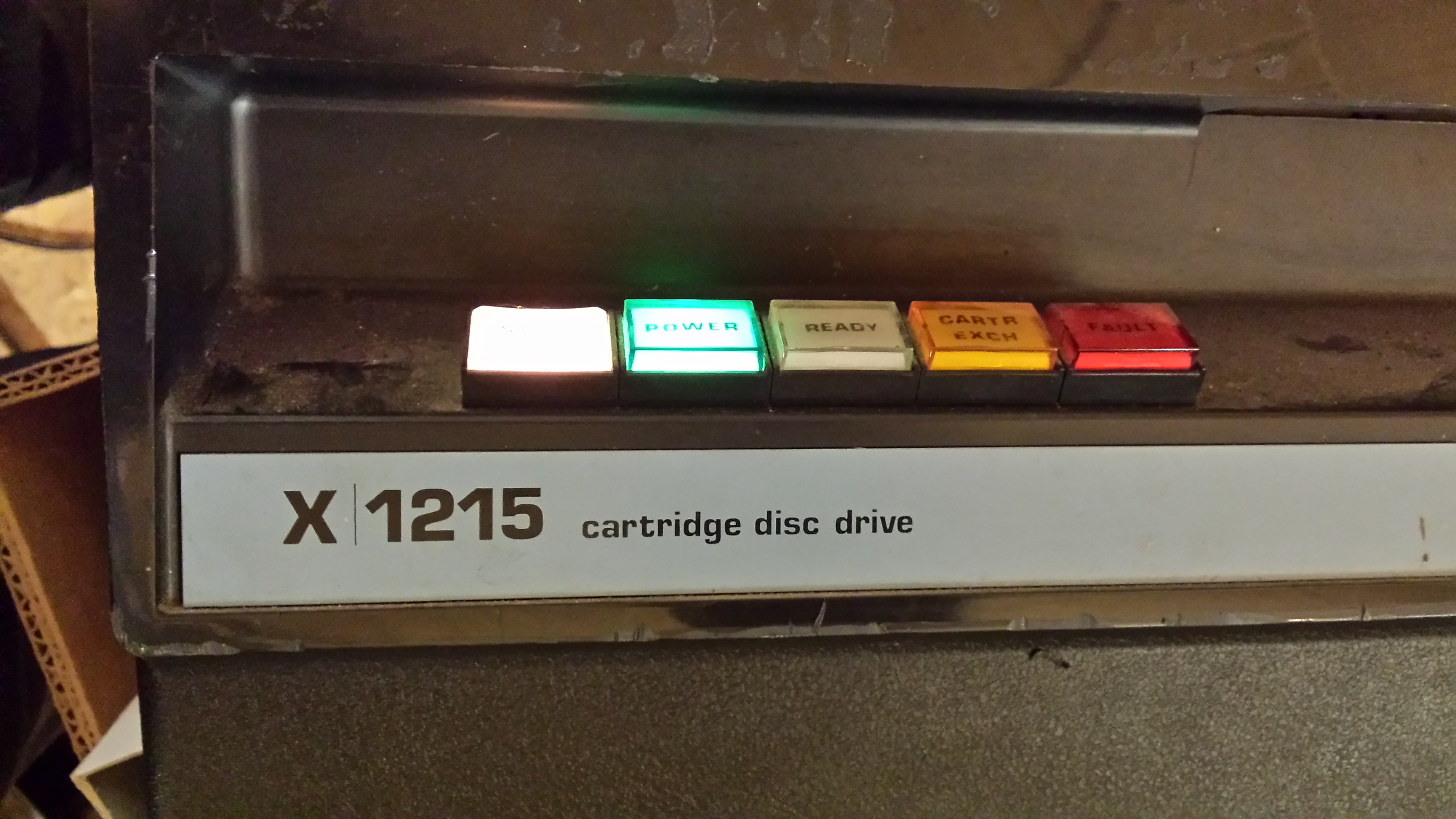
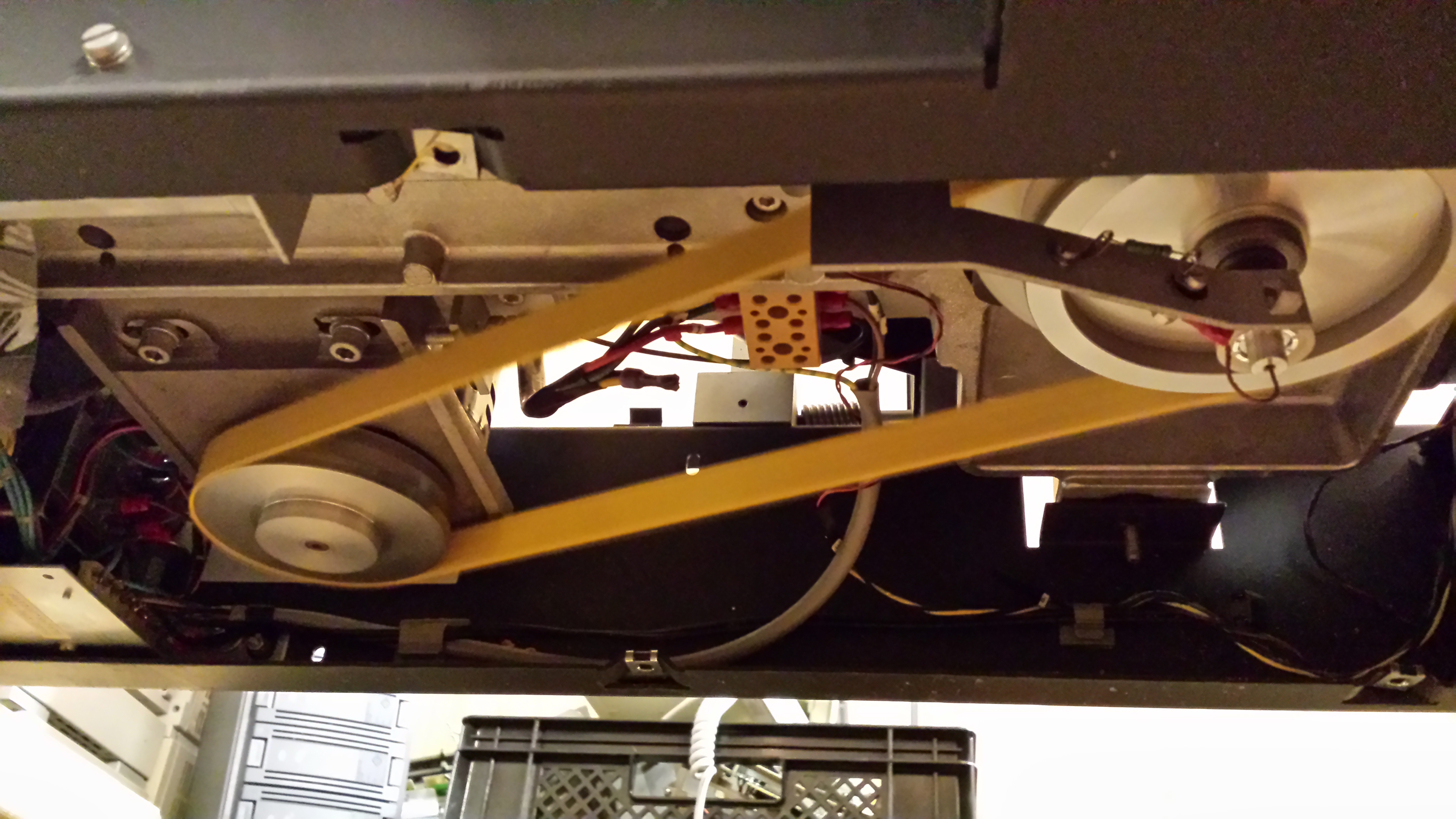
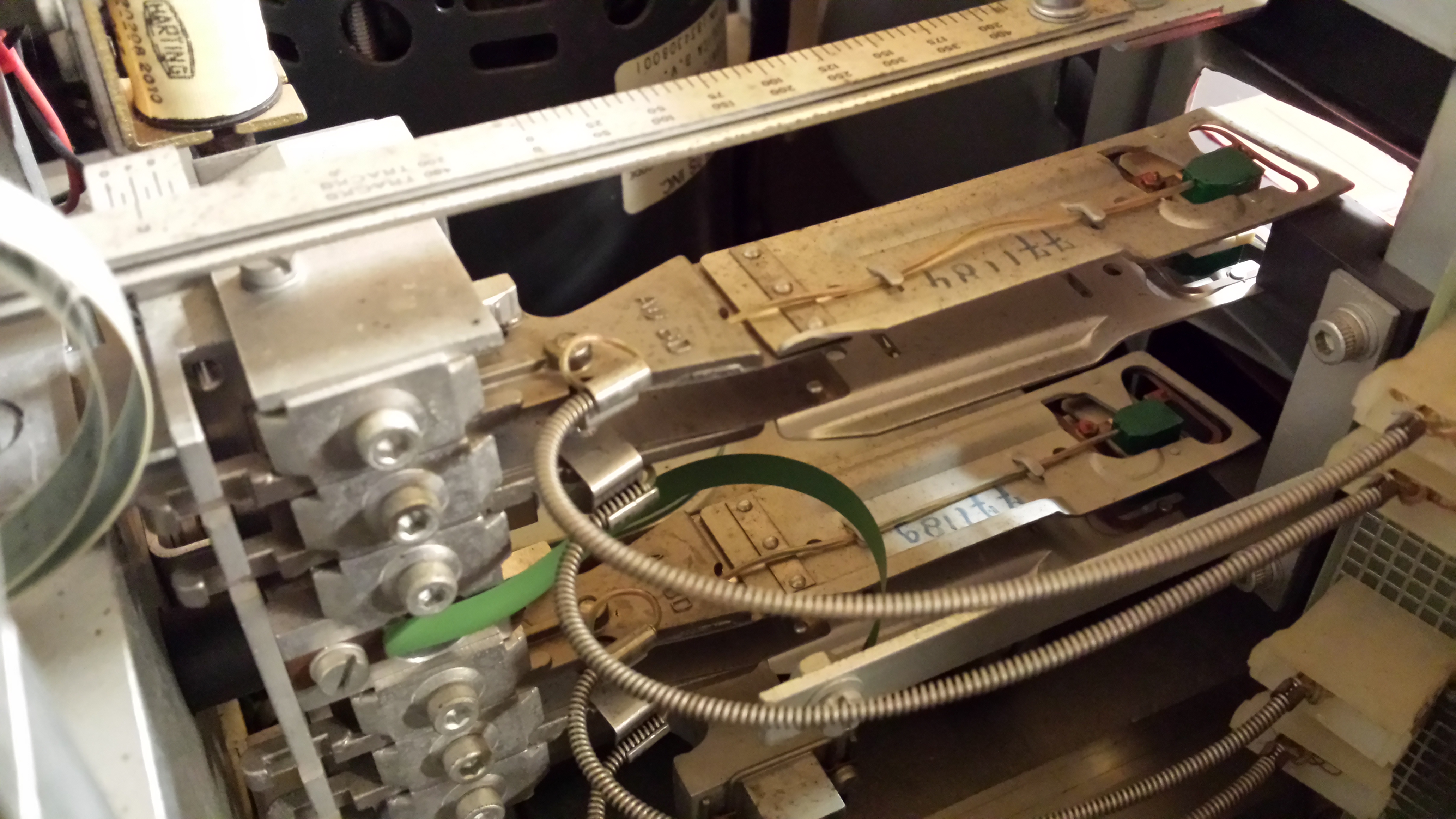
I can confirm that the disk is spinning at the proper 2400 rpm (by observing the index pulses with an oscilloscope), and after cleaning all the dust away and putting those fuses back in, the drive will now load the heads onto the disk without getting a head crash. The next thing to do is use the oscilloscope in various places to perform calibrations. Unfortunately, I don't have the calibration disk packs or drive tester that was normally used to do this, so I'll have to be a bit creative, and I may not be able to perform all calibrations. I'll just be happy if I can get close enough tocreate images of the cartridges I have. There's no telling what's on most of them until I can read them, so I hope I'll find something useful.
